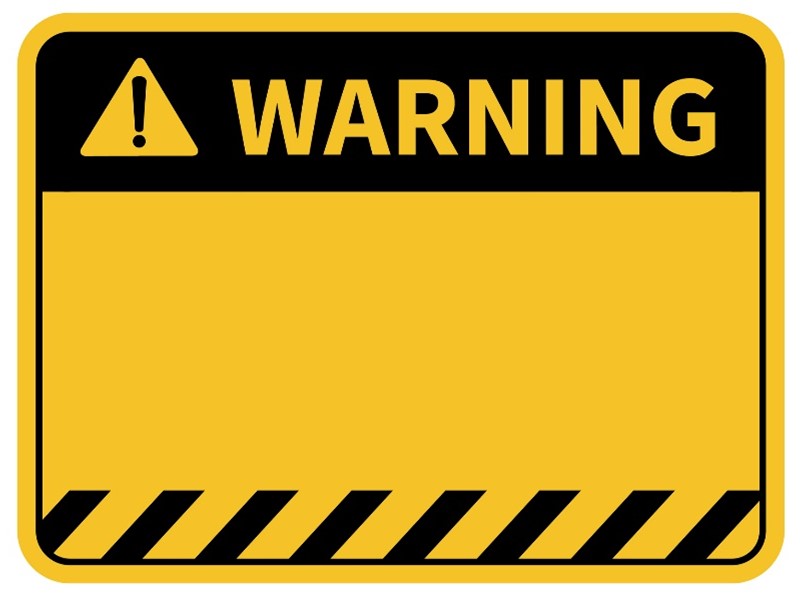
Mold, a pervasive and often underestimated concern, has the potential to wreak havoc on both the health of occupants and the structural integrity of buildings. The presence of mold in a building is not merely a cosmetic concern; it poses a serious threat that extends far beyond surface aesthetics. Let’s explore the multifaceted reasons why mold in buildings is a critical issue, emphasizing its implications on health, the environment, and the overall well-being of the built environment.
Health Impact:
One of the most compelling reasons why mold in a building is a significant concern lies in its harmful effects on human health. Mold spores, airborne and microscopic, can trigger a range of health problems when inhaled or come into contact with the skin. Respiratory issues, allergies, and asthma are common health complications associated with exposure to mold. Certain molds, such as the notorious Stachybotrys chartarum (black mold), produce mycotoxins that can have severe, long-term health effects, including neurological issues.
Individuals with compromised immune systems, respiratory conditions, or allergies are particularly vulnerable. Moreover, prolonged exposure to mold can lead to chronic health problems, making it essential to address mold infestations promptly to safeguard the well-being of occupants.
Structural Integrity:
Beyond health concerns, mold can jeopardize the structural integrity of a building. Mold thrives in damp environments, and its growth is often indicative of underlying moisture problems. Over time, mold will infiltrate building materials such as wood, drywall, and insulation, compromising their strength and stability. This can lead to structural damage, including weakened foundations, rotting wood, and deteriorating walls.
The financial repercussions of structural damage caused by mold are substantial. Remediation costs, coupled with potential legal liabilities, can impose a heavy burden on building owners and stakeholders. Proactive measures to prevent and address mold growth are crucial for the longevity of the building and to avoid costly repairs.

Environmental Impact:
Mold in buildings also has environmental ramifications, contributing to indoor air pollution. As mold releases spores into the air, it diminishes indoor air quality, affecting the overall environmental health within the building. Poor air quality can exacerbate respiratory conditions and allergies, creating an unhealthy living or working environment for occupants. It will reduce the effectiveness and efficiency of staff as well.
In addition, the environmental impact extends beyond the building itself. Poor remediation efforts often involve the use of chemicals, (which should NOT be used), and can have adverse effects on the surrounding ecosystem. Sustainable and eco-friendly remediation practices are essential to mitigate the environmental footprint associated with mold infestations. Including removing moisture issues, and actually removing the mold. Spraying over it, or just washing the are won’t work. Don’t let some fly-by-night mold remediator come in a wave a wand or do some other voodoo. It must be REMOVED not whitewashed.
Mold in buildings is a significant and complicated problem that demands prompt attention and skilled solutions. The health risks posed by mold exposure, coupled with its potential to compromise the structural integrity of buildings and degrade indoor air quality, underscore the gravity of this issue.
Building owners, occupants, and contractors must collaborate to implement preventive measures, address moisture-related problems, and adopt environmentally friendly and effective remediation practices. By recognizing the seriousness of mold infestations, we can promote healthier living and working environments while preserving the longevity and sustainability of our built infrastructure.
Author: Dick Wagner, Tactical Specialist
